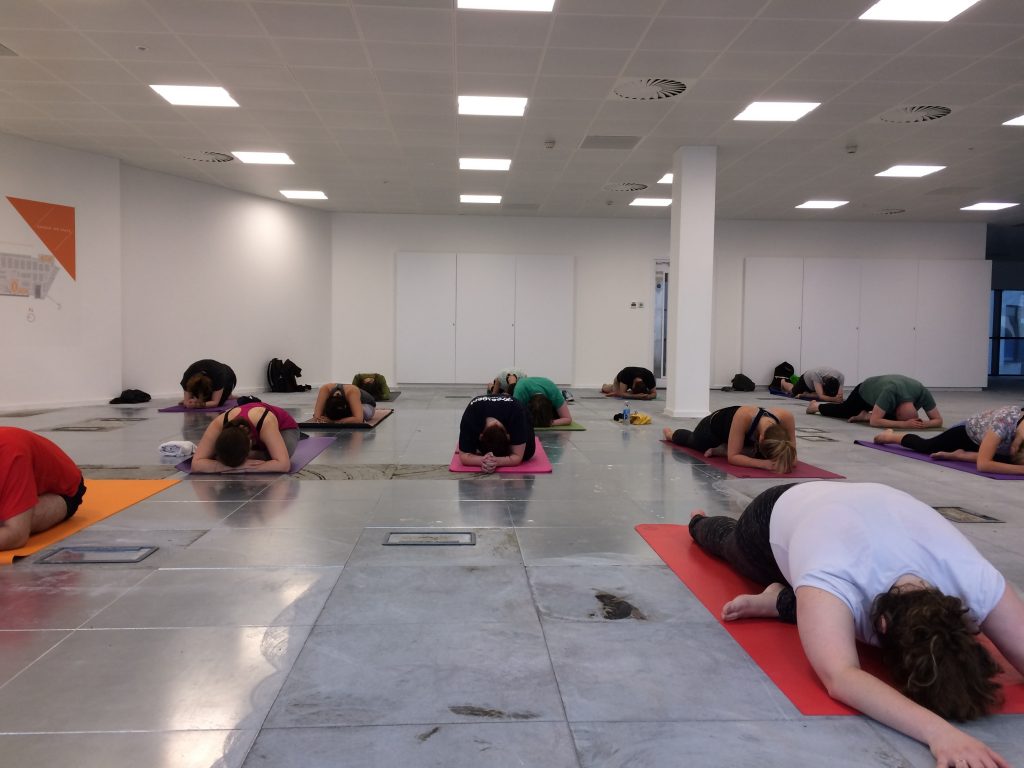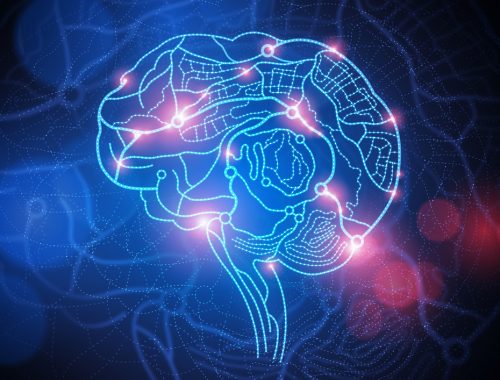
What is Yoga?
What is Yoga?
Yoga is a system of healing, devised in India over 1,700 years ago. The word ‘Yoga’ is a Sanskrit word that translates as ‘Union’. It’s simplest definition is just this – a union of mind, body and spirit.
Yoga is best known in the West as a physical practice. There are the physical postures, or asanas, of which there are said to be over 300,000 in existence, a number that is always growing. There is breathwork, or pranayama, involving the cultivation of breath control and developing ‘one-pointed focus’. There are the transitions, or flowing movement between postures, known as vinyasa. There is dristi, or gazing-point, required to develop deeper concentration and withdrawal of the senses; The bandhas, or ‘locks’, in the body, leading to greater internal fire and strength. All of these elements together, constitute a robust physical practice that not only improves fitness, strength and flexibility, but that also brings the mind into focus.
And, for many, the practice goes beyond the physical, and becomes a journey towards discovery of the Self. The ability to unclog our minds and find space both in the mind and body, paves the way to breaking bad habits and old patterning that no longer serve us (our samskaras). We learn how to be our own healer and discover the inner power that we really have as human beings. We learn how to help empower others. We pave the way for growth and evolution as individuals and as a society.
The Science Behind Yoga
New research emerges every day to support the positive effects of yoga on health and wellbeing, and with 10% of the American population now practising yoga, a transition is in motion, as Western society is beginning to accept and acknowledge yoga’s role in the prevention of disease. Contrary to the established belief, research continues to emerge proving that disease is largely caused by stress. What is stress? It’s the mind overworking. How does yoga work? It brings the mind back into focus. One of the most notable studies has been on the positive effects of yoga and other contemplative practices such as mindfulness meditation, as a treatment for depression.
To find out more, watch the documentary, ‘The Science Behind Yoga’ by Uplift Connect.
Forrest Yoga
Forrest Yoga is a deeply healing form of yoga developed by world-renowned American yogi Ana Forrest, who has been teaching yoga and healing people for over 40 years. Rooted in Native American tradition, but created for a modern world, Forrest Yoga’s goal is to ‘Mend the Hoop of the People’, in Ana’s words. Forrest Yoga is characterised by:
- Basic moves such as active feet, active hands, wrapping shoulder blades, telescoping ribs, lengthening tailbone, ujjayi breath, relaxed neck
- A heated studio room
- Hands-on assists and bodywork
- Long holding of postures
Vinyasa Flow
Vinyasa Flow is oriented in breath and movement. The Western world has become a seated society, and increased movement is absolutely essential for health. Vinyasa yoga gets us moving.
With a seated lifestyle comes an unbalanced mind: because our bodies are still, our minds are racing. Vinyasa yoga stills the mind because it has so many focal points that train the mind: the breath, movements, bandhas, postures, and sequences. We are then given the ability to process what the practice brings up to the surface for us. Vinyasa Flow helps us gain more awareness of the body as a whole and how our lifestyle choices are affecting our health.
Classes incorporate a creative mix of postures and transitions, usually beginning with sun salutations to heat the body, and followed by standing and/or seated postures, finishing with some cooling postures that are held for longer, and a final relaxation (savasana).
I hold Forrest-inspired vinyasa flow classes in New Galloway on Tuesday evenings. Please check my class timetable for details.
Yoga in the workplace
According to figures in the Health and Safety Executive Annual Statistics Report for Great Britain, 2012/13, 22.7 million working days were lost due to work-related ill health during the period and mental ill health is the single highest cause of working days lost within this figure.
Stress in the workplace today is a major consideration for employers and anything that can be introduced to alleviate this is a potential benefit to both employers and the employees. Less stressful employees will be more productive and are less likely to need time off through illness. Less stressful employees are likely to have happier home lives and this in turn leads to increased productivity.


What is Mindfulness?
You May Also Like

What is Mindfulness?
25th August 2019
